Monday, May 18th, 2020 Noguchi Museum and Socrates Sculpture Park

LAST MINUTE UPDATE
WE WERE UNABLE TO LOCATE
PHOTOS OF THE TRAM’S 40TH ANNIVERSARY
FOR THE SPECIAL WEEKEND ENJOY THEM.
MONDAY
MAY 18, 2020
RIHS’s 54th Issue of

Included in this Issue:
ISAMU NOGUCHI MUSEUM
SOCRATES SCULPTURE PARK
Isamu Noguchi (1904–1988) was one of the twentieth century’s most important and critically acclaimed sculptors. Through a lifetime of artistic experimentation, he created sculptures, gardens, furniture and lighting designs, ceramics, architecture, and set designs. His work, at once subtle and bold, traditional and modern, set a new standard for the reintegration of the arts. Noguchi, an internationalist, traveled extensively throughout his life. (In his later years he maintained studios both in Japan and New York.)
He discovered the impact of large-scale public works in Mexico, earthy ceramics and tranquil gardens in Japan, subtle ink-brush techniques in China, and the purity of marble in Italy. He incorporated all of these impressions into his work, which utilized a wide range of materials, including stainless steel, marble, cast iron, balsa wood, bronze, sheet aluminum, basalt, granite, and water.
Born in Los Angeles, California, to an American mother and a Japanese father, Noguchi lived in Japan until the age of thirteen, when he moved to Indiana. While studying pre-medicine at Columbia University, he took evening sculpture classes on New York’s Lower East Side, mentoring with the sculptor Onorio Ruotolo. He soon left the university to become an academic sculptor. In 1926, Noguchi saw an exhibition in New York of the work of Constantin Brancusi that profoundly changed his artistic direction. With a John Simon Guggenheim Fellowship, Noguchi went to Paris, and in 1927 worked in Brancusi’s studio. Inspired by the older artist’s forms and philosophy, Noguchi turned to modernism and abstraction, infusing his highly finished pieces with a lyrical and emotional expressiveness, and with an aura of mystery.
Returning to New York City as well as traveling extensively in Asia, Mexico, and Europe in the late 1920s through the 1930s, Noguchi survived on portrait sculpture and design commissions, proposed landscape works and playgrounds, and intersected and engaged in collaborations with a wide range of luminaries. Noguchi’s work was not well-known in the United States until 1940, when he completed a large-scale sculpture symbolizing the freedom of the press, which was commissioned in 1938 for the Associated Press Building in Rockefeller Center, New York City. This was the first of what would eventually become numerous celebrated public works worldwide, ranging from playgrounds to plazas, gardens to fountains, all reflecting his belief in the social significance of sculpture.
The Japanese attack on Pearl Harbor and the backlash against Japanese Americans in the United States had a dramatic personal effect on Noguchi, motivating him to become a political activist. In 1942, he started Nisei Writers and Artists Mobilization for Democracy, a group dedicated to raising awareness of the patriotism of Japanese Americans; and voluntarily entered an internment camp in Arizona where he remained for seven months. Following his release, Noguchi set up a studio at 33 MacDougal Alley in Greenwich Village, New York City, where he returned to stone sculpture as well as prolific explorations of new materials and methods. His ideas and feelings are reflected in his works of that period, particularly the delicate slab sculptures included in the 1946 exhibition Fourteen Americans at The Museum of Modern Art, New York.
Noguchi did not belong to any particular movement, but collaborated with artists working in a range of disciplines and schools. He created stage sets as early as 1935 for Martha Graham, beginning a lifelong collaboration; as well as for Merce Cunningham, Erick Hawkins, and George Balanchine and composer John Cage. In the 1960s, Noguchi began working with stone carver Masatoshi Izumi on the island of Shikoku, Japan; a collaboration that would also continue for the rest of his life. From 1961 to 1966, he worked on a playground design with the architect Louis Kahn.
Whenever given the opportunity to venture into the mass-production of his designs, Noguchi seized it. In 1937, he designed a Bakelite intercom for the Zenith Radio Corporation, and in 1947, his glass-topped table was produced by Herman Miller. This design—along with others such as his designs for Akari light sculptures which were initially developed in 1951 using traditional Japanese materials—are still being produced today.
In 1985, Noguchi opened The Isamu Noguchi Garden Museum (now known as The Noguchi Museum), in Long Island City, New York. The Museum, established and designed by the artist, marked the culmination of his commitment to public spaces. Located in a 1920s industrial building across the street from where the artist had established a studio in 1960, it has a serene outdoor sculpture garden, and many galleries that display Noguchi’s work, along with photographs and models from his career. Noguchi’s first retrospective in the United States was in 1968, at the Whitney Museum of American Art in New York City. In 1986, he represented the United States at the Venice Biennale. Noguchi received the Edward MacDowell Medal for Outstanding Lifetime Contribution to the Arts in 1982; the Kyoto Prize in Arts in 1986; the National Medal of Arts in 1987; and the Order of the Sacred Treasure from the Japanese government in 1988. He died in New York City in 1988.
(c) RIHS






SOCRATES SCULPTURE PARK
Socrates Sculpture Park
The story of this unique park demonstrates how a community can organize to reclaim and create a positive public space. Situated at the confluence of the Harlem and East Rivers, the site has a picturesque view of “Hell Gate,” or “Hellegat” as originally named by the Dutch colonists. Throughout the 17th and 18th centuries, this narrow strait between Astoria and Wards Island was infamous for treacherous navigational conditions caused by powerful tides and dangerous rock outcroppings. The 1780 shipwreck of the British ship Hussar and numerous other marine tragedies which occurred in this channel necessitated an 1876 effort by the Army Corps of Engineers to blast away much of the dangerous ledge.
Unfortunately, in the years preceding 1985, the long-abandoned Marine Terminal had become desecrated with illegal dumping and graffiti, its panoramic vista inaccessible to citizens of Astoria and Long Island City. In 1985 a coalition of artists led by local sculptor Mark di Suvero came here with a vision for an outdoor sculpture laboratory dedicated to up-and-coming artists. That year, they began the arduous process of restoring the site, and named it Socrates Sculpture Park – both in honor of Socrates (469-399 B.C.), the great Greek philosopher, and also as a tribute to the people of Astoria, New York’s largest Greek community.
By 1990, when Socrates Sculpture Inc. was formed to raise funds, oversee the arts programming, and manage the daily operations of the park, di Suvero and others had restored this beautiful park and begun to develop its international reputation as a cultural institution. Socrates Sculpture Park offers tours to school groups and tourists, internships and apprenticeships to high school and college students, and employment to a number of area residents. Since 1993, the park has been under the jurisdiction of Parks. With assistance from Mayor Giuliani, Borough President Claire Shulman, and Council Member Walter L. McCaffrey, Socrates Sculpture Park has made many improvements. The enhanced facility provides numerous amenities to the community and expands opportunities for arts and recreation.
Socrates Sculpture Park has been unique since its inception: it serves multiple purposes, as a major arts destination, a catalyst for economic development in the neighborhood, and open space access to the waterfront. Begun as one person’s vision to transform a vacant lot, the park is home to a collaborative enterprise involving a diverse array of local residents, artists, and government agencies to create a valuable community resource as well as a vital cultural institution. Socrates Sculpture Park was officially assigned as Parkland on December 14, 1998.
NYC Parks (c)
Socrates Sculpture Park was founded in 1986 by visionary sculptor Mark di Suvero as a community engaged, accessible arts space dedicated to supporting artists in the production and presentation of public artworks.
Socrates is now a designated New York City public park and cultural anchor in Queens exhibiting topical contemporary public art that intimately engages our five-acre waterfront landscape and diverse audiences. The Park’s visual arts programming presents emerging, mid-career, and internationally renowned artists by offering an open platform for public art and encouraging unfettered ambition in scale and subject matter. Since the Park’s inception, the vast majority of artworks exhibited at the Park have been commissioned and built on-site in our outdoor artist studio space.
This gives our visitors the unique opportunity to witness the creative and often labor-intensive art-making process. The Park also remains open to the public during exhibition installation and de-installation. Socrates does not have a permanent collection and all artworks are temporarily on view. A searchable archive of every Socrates exhibition is available HERE and our archive of over 1,000 participating artists is available HERE. Additionally, you can browse our digital library of exhibition catalogs and publications HERE.
In recent years, the Park has presented four major visual arts initiatives annually: The Spring/Summer Exhibition; ‘The Socrates Annual’ fellowship & exhibition; The Folly/Function Design Competition in Partnership with The Architectural League of New York; & The Broadway Billboard Series. Admission to the Park and all of our exhibitions is always FREE.
Note: The park is open and the scheduling has changed due to circumstances.
MONDAY PHOTO OF THE DAY

WHAT AND WHERE WAS THIS?
SEND YOUR ANSWER TO JBIRD134@AOL.COM
WIN A TRINKET FROM THE RIHS VISITOR CENTER KIOSK
YESTERDAY’S MYSTERY PHOTO OF THE DAY

These are columns that held the beams supporting the floors in the City Hospital, that was located on this site at what is now the northern end of Southpoint Park..
EDITORIAL
Ever since I have been visiting the Noguchi Museum I have loved the garden with its water table fountain flowing down the sides of the stone. I remember when you could smell the ink of the graphics plant that was located in the red brick building facing Vernon Blvd. The garden is the site of a gas station.
It reminds me of the lost history of Vernon Blvd including the last blacksmith in Queens.
On a personal note today:
For the last few weekends some friends and I have had wonderful afternoons at the Cornell Tech campus. We were at Cornell Tech campus where we saw parents not minding their children. There was one child picking flowers and three kids climbing the trees. This is not the behavior we expect as guests on the Cornell campus.
Best wishes,
Judith Berdy
212 688 4836
jbird134@aol.com
Text by Judith Berdy Thanks to Bobbie Slonevsky
for her dedication to Blackwell’s Almanac
Thanks to Deborah Dorff for maintaining our website
Edited by Melanie Colter and Deborah Dorff
All materials in this publication are copyrighted (c)
FUNDING BY ROOSEVELT ISLAND OPERATING CORPORATION PUBLIC PURPOSE FUNDING
DISCRETIONARY FUNDING BY COUNCIL MEMBER BEN KALLOS THRU NYC DYCD



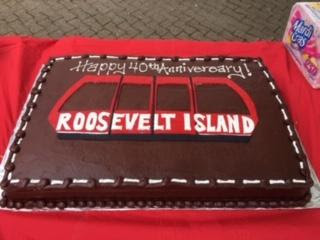
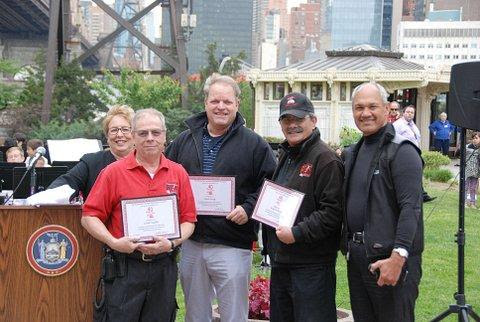
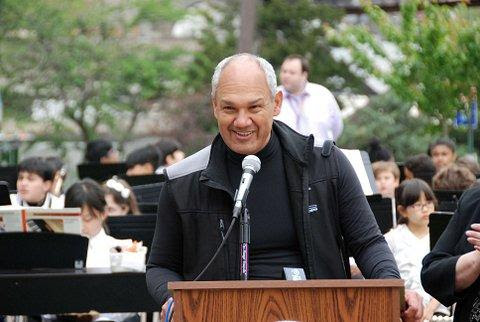

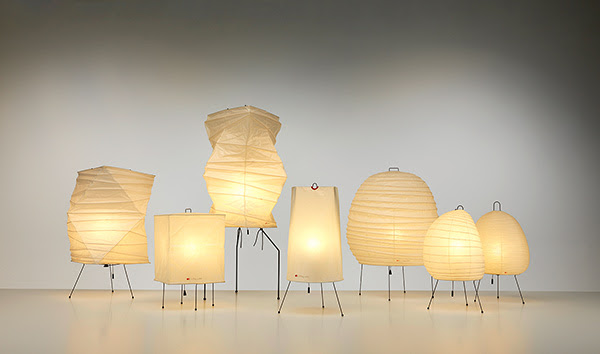
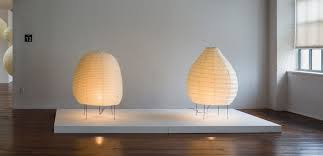
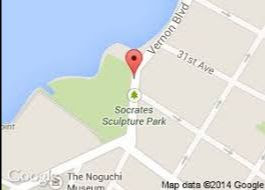
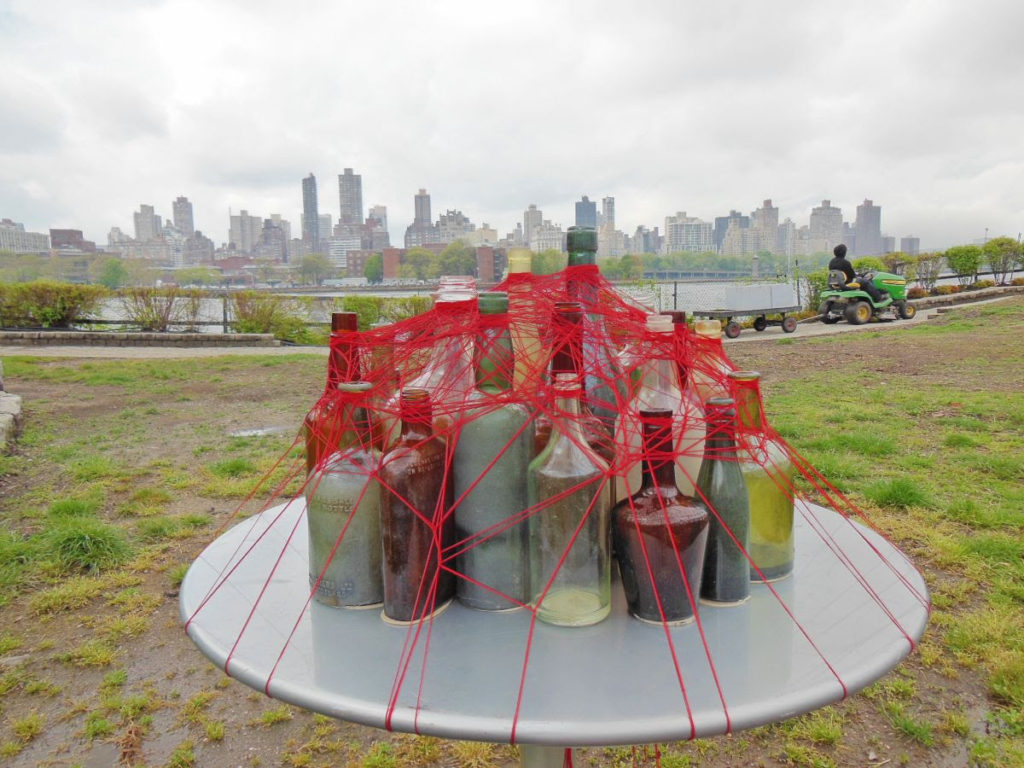
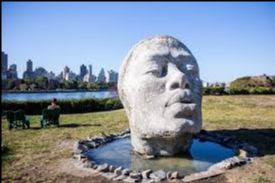
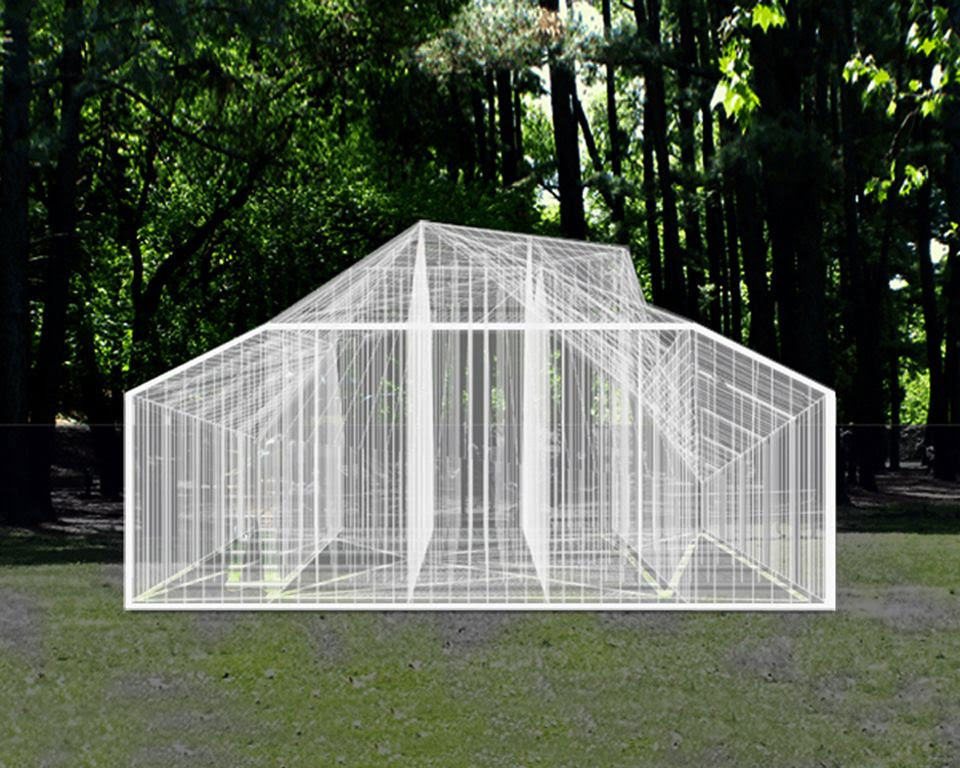
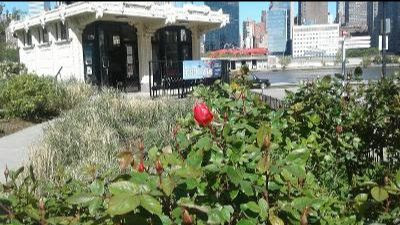

Leave a comment